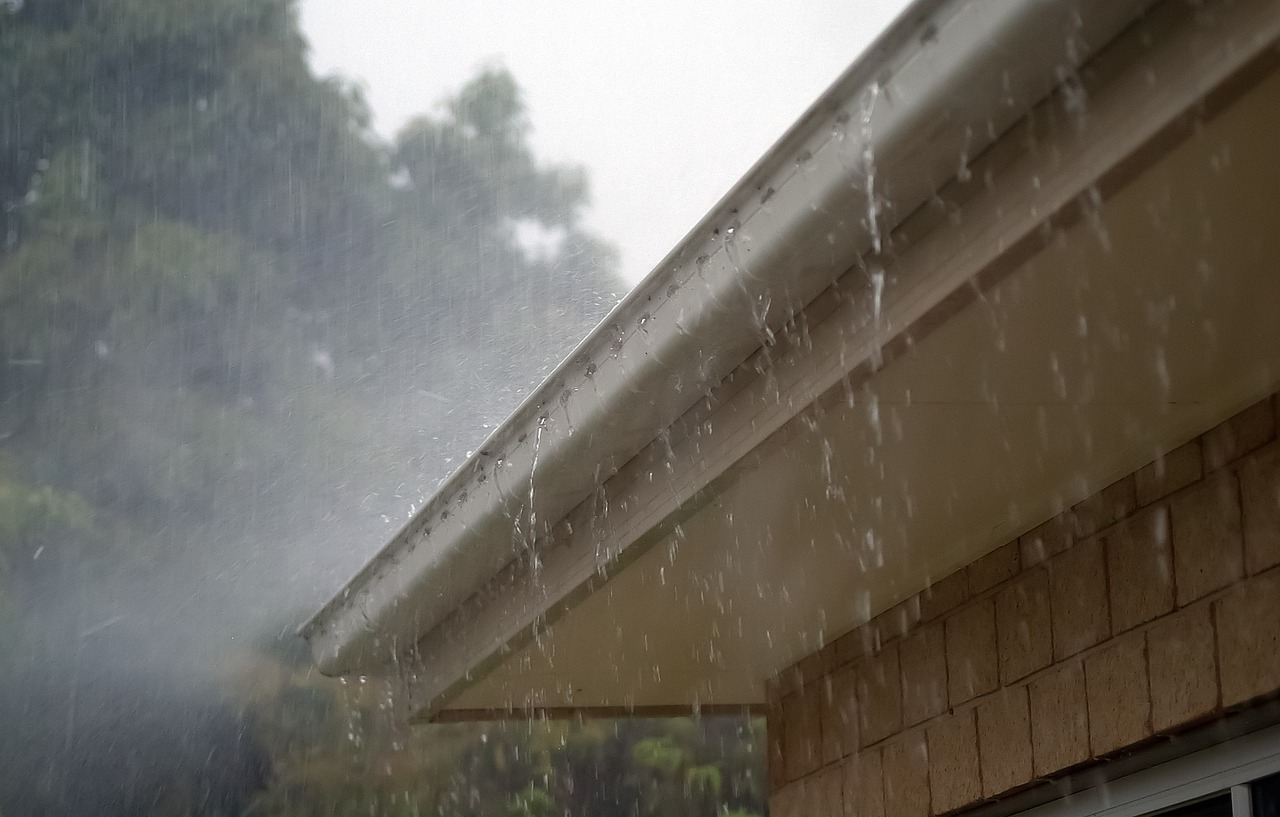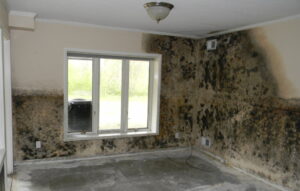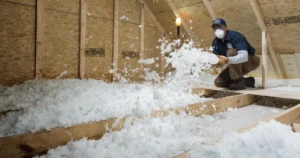Your home is your sanctuary, and keeping it safe from the elements is key to ensuring it remains cozy and secure year-round. From scorching summer heat to icy winter storms, weatherproofing your home is essential for maintaining its structural integrity and comfort. Plus, it can save you money on energy bills and prevent costly repairs down the line. So, let’s dive into some essential weatherproofing tips that will keep your home in tip-top shape, no matter what Mother Nature throws your way.
Seal Those Drafts
Drafts are one of the biggest culprits when it comes to losing heat in the winter and cool air in the summer. They can sneak in through gaps around windows, doors, and even electrical outlets. The good news? Sealing drafts is a simple DIY project that can make a big difference in your home’s energy efficiency.
Start by checking for drafts around your windows and doors. Hold a lit candle or a piece of tissue near the edges—if the flame flickers or the tissue moves, you’ve found a draft. Apply weatherstripping around doors and windows to seal these gaps. For larger gaps, caulk can be your best friend. Don’t forget about your attic and basement, which are also common areas for drafts. Insulating these spaces properly will help keep your home more comfortable and energy-efficient.
Upgrade Your Windows
Old, single-pane windows can be a major source of heat loss in the winter and can make your home feel like an oven in the summer. Upgrading to double-pane or even triple-pane windows can significantly improve your home’s insulation and reduce your energy bills. Look for windows with low-E (low-emissivity) coatings, which reflect heat back into your home during the winter and keep it out during the summer.
If new windows aren’t in your budget, consider adding storm windows or applying a window film to improve insulation. Heavy curtains or thermal shades can also help keep the cold out in the winter and the heat out in the summer.
Roof Maintenance Matters
Your roof is your home’s first line of defense against the elements, so keeping it in good condition is crucial. Start by inspecting your roof for any signs of damage, such as missing or cracked shingles, loose flashing, or clogged gutters. Addressing these issues early can prevent leaks and water damage, which can lead to bigger (and more expensive) problems down the road.
In addition to regular inspections, consider installing a roof vent or attic fan to help regulate temperature and moisture levels in your attic. This can prevent ice dams in the winter and reduce the risk of mold and mildew growth year-round.
Protect Your Pipes
Frozen pipes are a nightmare waiting to happen. When water inside your pipes freezes, it expands, which can cause the pipes to burst and flood your home. Protecting your pipes from freezing is a must, especially in colder climates.
Start by insulating any exposed pipes in unheated areas like the basement, attic, or garage. Pipe insulation is inexpensive and easy to install. On particularly cold nights, let your faucets drip slightly—this keeps water moving through the pipes, which makes it less likely to freeze. If you’re going on vacation during the winter, be sure to leave the heat on (at least 55°F) to prevent your pipes from freezing.
Reinforce Your Doors
Your doors are another key area where heat can escape or cold air can seep in. Solid wood or metal doors are more energy-efficient than hollow-core doors, so consider upgrading if your doors are old or damaged. Installing a storm door can also provide an extra layer of insulation and protect your entry door from the elements.
To keep your doors airtight, check the weatherstripping and replace it if it’s worn out. A door sweep can also help seal the gap at the bottom of the door, preventing drafts from sneaking in.
Gutter Check
Your gutters play a crucial role in directing rainwater away from your home’s foundation. Clogged or damaged gutters can lead to water overflow, which can cause foundation erosion, basement flooding, and even roof damage.
Keep your gutters clean and free of debris by regularly removing leaves, twigs, and dirt. Consider installing gutter guards to prevent debris buildup and reduce the frequency of cleanings. Also, check that your downspouts are directing water at least five feet away from your home’s foundation. If they’re not, extend them with downspout extenders or splash blocks.
Siding and Exterior Maintenance
Your home’s exterior siding is the first line of defense against wind, rain, snow, and UV rays. Regularly inspect your siding for any cracks, gaps, or damage. Repairing these promptly will prevent moisture from seeping in and causing rot or mold.
Consider applying a fresh coat of paint or sealant to your siding every few years. This not only keeps your home looking great but also adds an extra layer of protection against the elements. For brick or stone exteriors, check for any cracks in the mortar and repair them to prevent water infiltration.
Weatherproof Your Landscaping
Believe it or not, your landscaping can play a big role in protecting your home from the elements. Planting trees and shrubs strategically can provide natural windbreaks, reducing wind chill around your home in the winter and providing shade in the summer. This can help lower your heating and cooling costs.
Make sure to trim back any overhanging branches that could break during a storm and damage your roof or siding. Also, consider grading your yard to slope away from your home’s foundation. This will help prevent water from pooling around your home during heavy rains, reducing the risk of basement flooding.
Final Thoughts
Weatherproofing your home might seem like a daunting task, but with these essential tips, you can protect your home from the elements and enjoy a cozy, comfortable living space year-round. Whether you’re sealing drafts, upgrading your windows, or maintaining your roof, each step you take adds up to a more weather-resistant and energy-efficient home. So, roll up your sleeves, grab your toolbox, and get started on making your home a fortress against the elements. Your future self (and your energy bill) will thank you!









